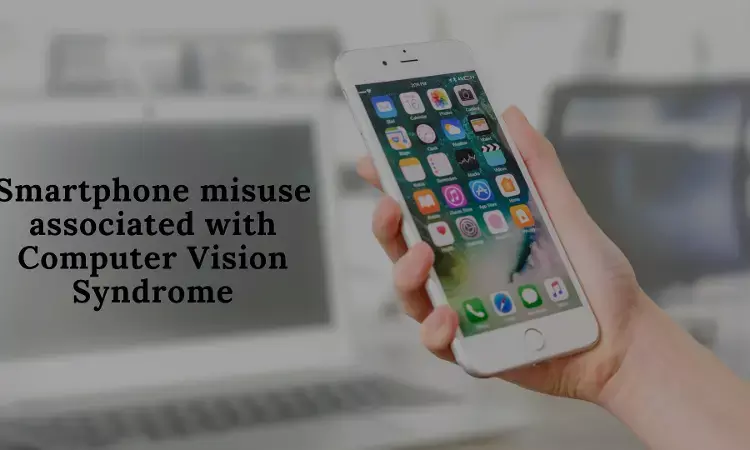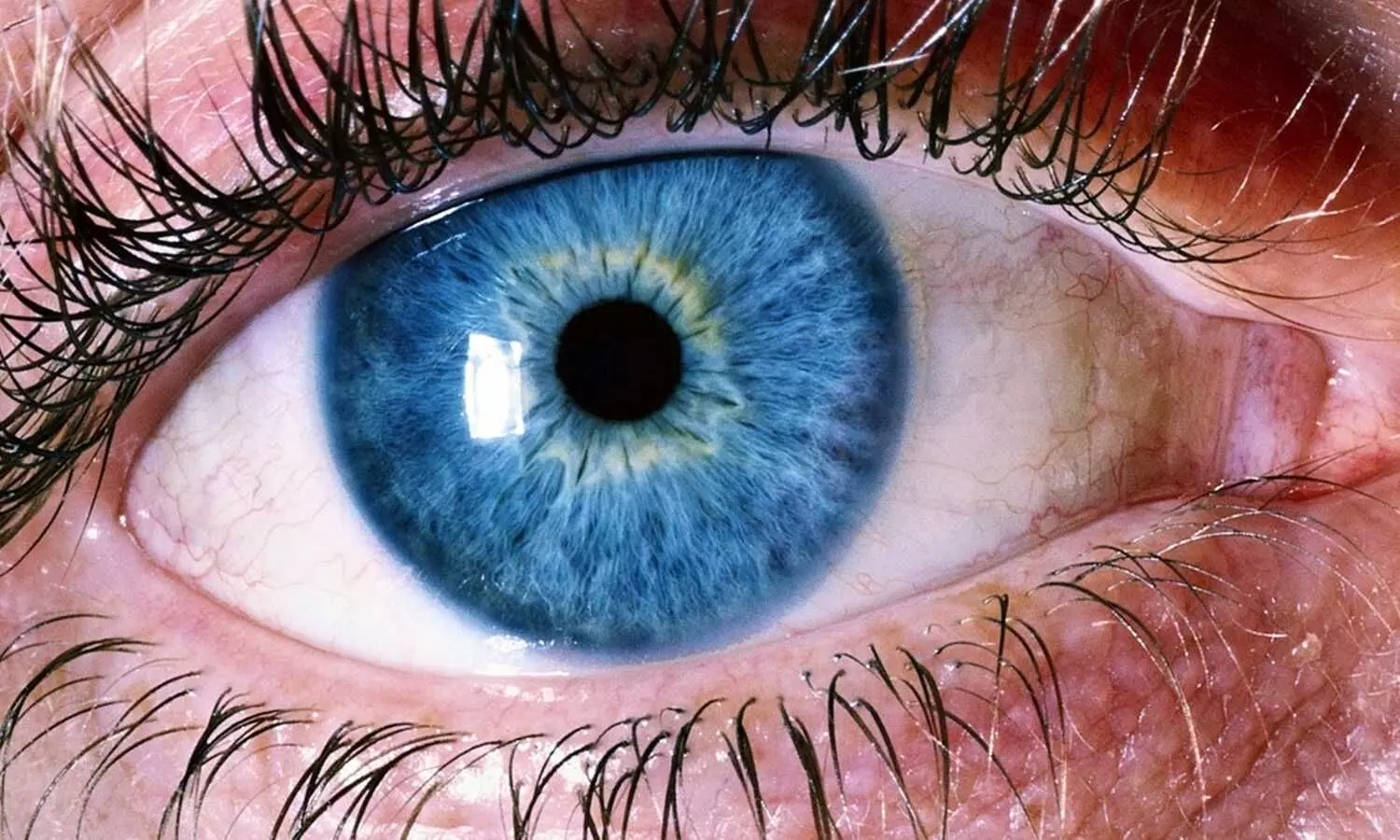- Home
- Medical news & Guidelines
- Anesthesiology
- Cardiology and CTVS
- Critical Care
- Dentistry
- Dermatology
- Diabetes and Endocrinology
- ENT
- Gastroenterology
- Medicine
- Nephrology
- Neurology
- Obstretics-Gynaecology
- Oncology
- Ophthalmology
- Orthopaedics
- Pediatrics-Neonatology
- Psychiatry
- Pulmonology
- Radiology
- Surgery
- Urology
- Laboratory Medicine
- Diet
- Nursing
- Paramedical
- Physiotherapy
- Health news
- Fact Check
- Bone Health Fact Check
- Brain Health Fact Check
- Cancer Related Fact Check
- Child Care Fact Check
- Dental and oral health fact check
- Diabetes and metabolic health fact check
- Diet and Nutrition Fact Check
- Eye and ENT Care Fact Check
- Fitness fact check
- Gut health fact check
- Heart health fact check
- Kidney health fact check
- Medical education fact check
- Men's health fact check
- Respiratory fact check
- Skin and hair care fact check
- Vaccine and Immunization fact check
- Women's health fact check
- AYUSH
- State News
- Andaman and Nicobar Islands
- Andhra Pradesh
- Arunachal Pradesh
- Assam
- Bihar
- Chandigarh
- Chattisgarh
- Dadra and Nagar Haveli
- Daman and Diu
- Delhi
- Goa
- Gujarat
- Haryana
- Himachal Pradesh
- Jammu & Kashmir
- Jharkhand
- Karnataka
- Kerala
- Ladakh
- Lakshadweep
- Madhya Pradesh
- Maharashtra
- Manipur
- Meghalaya
- Mizoram
- Nagaland
- Odisha
- Puducherry
- Punjab
- Rajasthan
- Sikkim
- Tamil Nadu
- Telangana
- Tripura
- Uttar Pradesh
- Uttrakhand
- West Bengal
- Medical Education
- Industry
Strict screen-time reduction improves foveal responses and visual performances in computer vision syndrome patients

Egypt: Egyptian researchers found that foveal responses can be significantly improved, and visual performances are improved following strict screen-time reduction for 4 weeks in patients with computer vision syndrome (CVS) using multifocal electroretinogram (mfERG) examination. The study results were published in the journal Clinical Ophthalmology.
Computer vision syndrome (CVS) is a group of eye-related and vision-related problems caused due to prolonged computer, tablet, laptop, e-reader, and cell phone use. It is a multifactorial syndrome affecting various organs like the eye, the musculoskeletal system, the circadian rhythms, the behavioral and sleep patterns, the social lifestyle, occupational performances, and public health. Previous studies found screen-induced foveal dysfunction by using mfERG examination. Hence Mohammed Iqbal et al from the Department of Ophthalmology, Egypt conducted a study to analyze the outcomes of screen-time reduction on the foveal responses associated with computer vision syndrome (CVS) using multifocal electroretinogram (mfERG) examination.
A prospective multicenter cohort comparative study was carried out in 49 eyes of 49 medical students by dividing them into two groups. Group A (control group) included 25 eyes with no CVS diagnosis while group B (CVS group) included 24 eyes with a CVS diagnosis. After responding to a valid and reliable CVS-Form 3 (CVS-F3) questionnaire, all the participants underwent complete ophthalmic and mfERG examinations. The examinations were done twice both at the time of recruitment in the study and four weeks after the strict reduction of the daily screen hours to ≤ 1 screen hour daily and their foveal responses were documented.
Results:
- There was a statistically significant reduction in foveal responses in CVS versus control groups in mean mfERG Rings 1, 2, and 5 with Quadrants 1, 2, and 4.
- There were significant post-reduction improvements in foveal responses in the CVS group particularly in mean mfERG Rings 1, 2, 3, and 5 with Quadrants 1 and 4 following a screen-time reduction.
Thus, the screen-induced foveal dysfunction could be potentially reversible by reducing screen time. Researchers suggested a complete stoppage of using screens if possible and also further studies to be carried out with larger sample sizes.
Further reading: Iqbal M, Soliman A, Ibrahim O, Gad A. Analysis of the Outcomes of the Screen-Time Reduction in Computer Vision Syndrome: A Cohort Comparative Study. Clin Ophthalmol. 2023;17:123-134. DOI: https://doi.org/10.2147/OPTH.S399044
BDS, MDS
Dr.Niharika Harsha B (BDS,MDS) completed her BDS from Govt Dental College, Hyderabad and MDS from Dr.NTR University of health sciences(Now Kaloji Rao University). She has 4 years of private dental practice and worked for 2 years as Consultant Oral Radiologist at a Dental Imaging Centre in Hyderabad. She worked as Research Assistant and scientific writer in the development of Oral Anti cancer screening device with her seniors. She has a deep intriguing wish in writing highly engaging, captivating and informative medical content for a wider audience. She can be contacted at editorial@medicaldialogues.in.
Dr Kamal Kant Kohli-MBBS, DTCD- a chest specialist with more than 30 years of practice and a flair for writing clinical articles, Dr Kamal Kant Kohli joined Medical Dialogues as a Chief Editor of Medical News. Besides writing articles, as an editor, he proofreads and verifies all the medical content published on Medical Dialogues including those coming from journals, studies,medical conferences,guidelines etc. Email: drkohli@medicaldialogues.in. Contact no. 011-43720751




